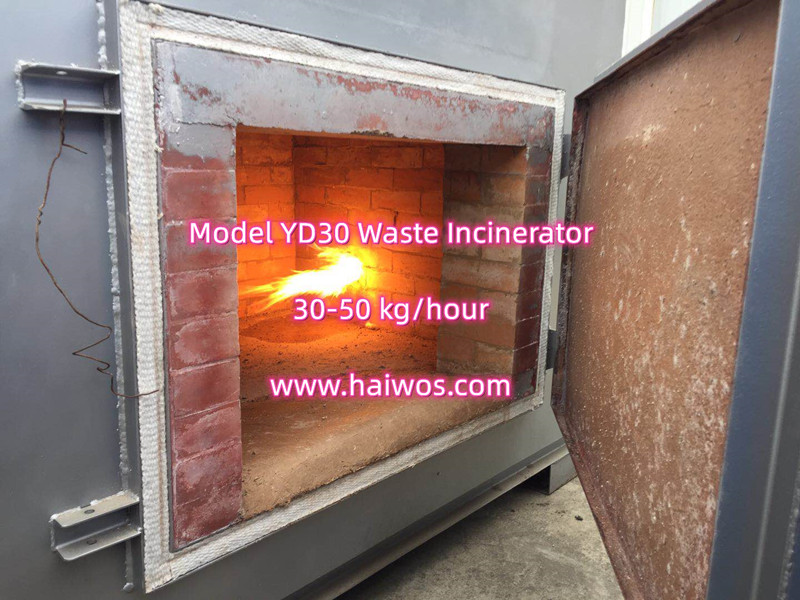Uncovering the Inner Workings of Incinerators: How Do They Actually Work?- how does the incinerator works

Incinerators are an essential part of waste management systems, helping to dispose of garbage and other materials in a safe and efficient manner. However, despite their widespread use, many people are unclear about how exactly incinerators work and the processes involved in turning waste into ash and other byproducts.
Incinerators are designed to burn solid waste at high temperatures, effectively reducing its volume and destroying any harmful or hazardous materials. The process begins with the collection and transportation of waste to the incineration facility, where it is sorted and processed to remove any recyclable materials. The remaining waste is then fed into the incinerator, where it is subjected to intense heat.
The inner workings of an incinerator involve several key components, each playing a crucial role in the waste disposal process. The primary chamber of the incinerator is where the waste is burned, typically at temperatures ranging from 800 to 1,000 degrees Celsius. This high temperature ensures that the waste is completely destroyed, leaving behind only ash and other inert materials.
The combustion process within the primary chamber is carefully controlled to maximize energy efficiency and minimize harmful emissions. Air and fuel are carefully regulated to maintain the optimal conditions for complete combustion, with the goal of reducing the amount of pollutants released into the atmosphere.
In addition to the primary combustion chamber, modern incinerators are equipped with a range of advanced technologies to further enhance their efficiency and environmental performance. For example, many incinerators are equipped with sophisticated air pollution control systems, such as scrubbers and electrostatic precipitators, which remove harmful gases and particulates from the combustion gases before they are released into the atmosphere.
Furthermore, the heat generated during the incineration process can be harnessed to produce steam, which can then be used to generate electricity or provide heating for nearby buildings. This not only helps to reduce the environmental impact of waste incineration but also provides a valuable source of renewable energy.
Once the waste has been incinerated, the remaining ash and other byproducts are carefully collected and processed for disposal. Depending on the type of waste being incinerated, the ash may be subjected to further treatment to remove any remaining contaminants before being safely disposed of in a landfill or used in other applications, such as road construction.
In conclusion, incinerators play a vital role in the responsible management of waste, providing a safe and efficient means of disposing of solid waste while minimizing its impact on the environment. By understanding the inner workings of incinerators and the processes involved in waste incineration, we can better appreciate the important role these facilities play in our modern waste management systems.